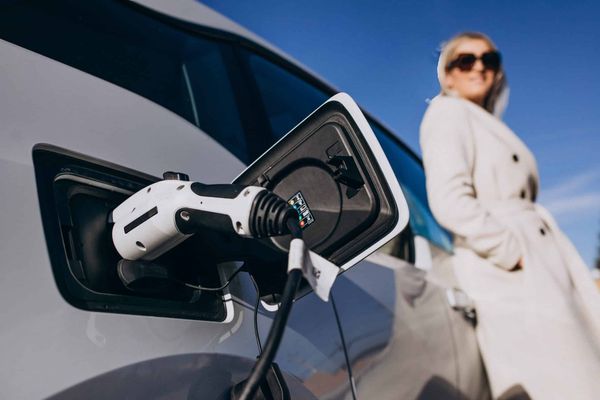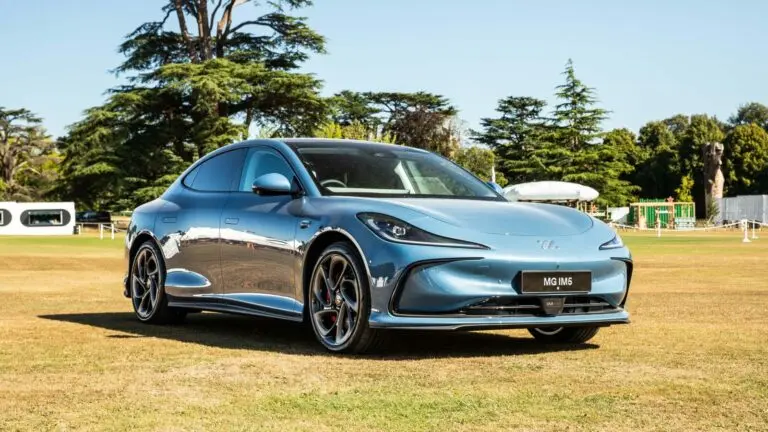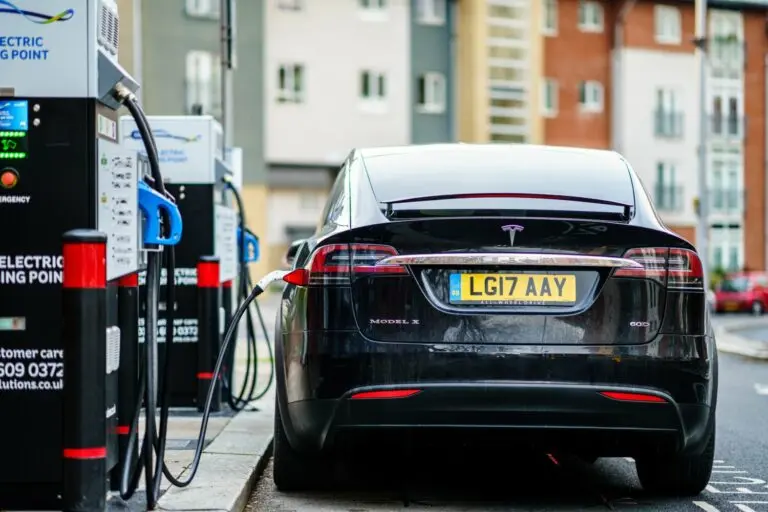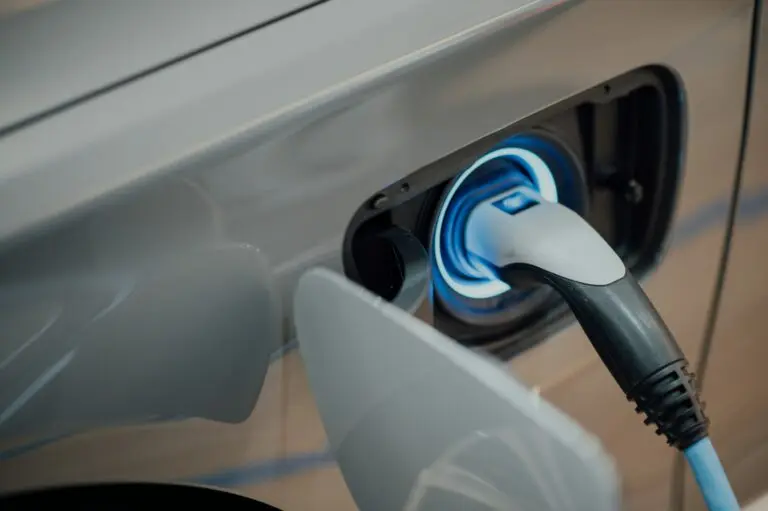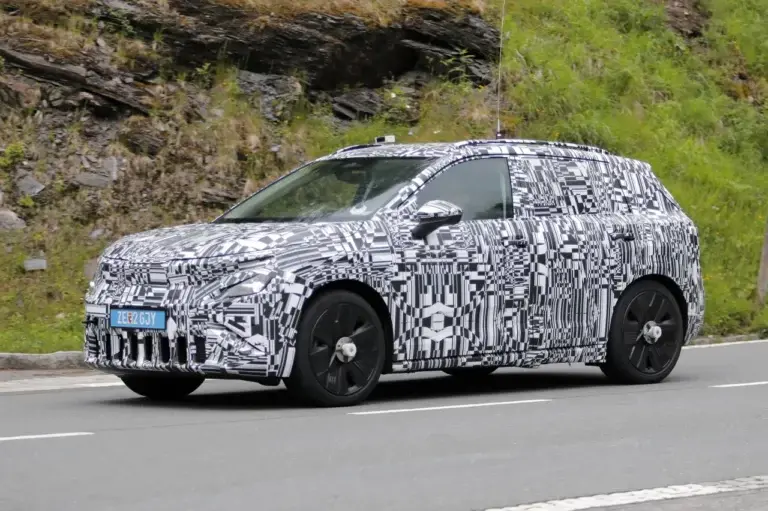Over the last few years, the term electromobility has become part of our conversations, in the media, but also – and above all – on our roads. But what exactly does it mean? In addition to the electric cars we see on the road more and more, electromobility refers to a profound change in the way we think about travel, placing electricity at the heart of sustainable mobility. Let’s take a closer look at the history, principles and prospects of this silent revolution.
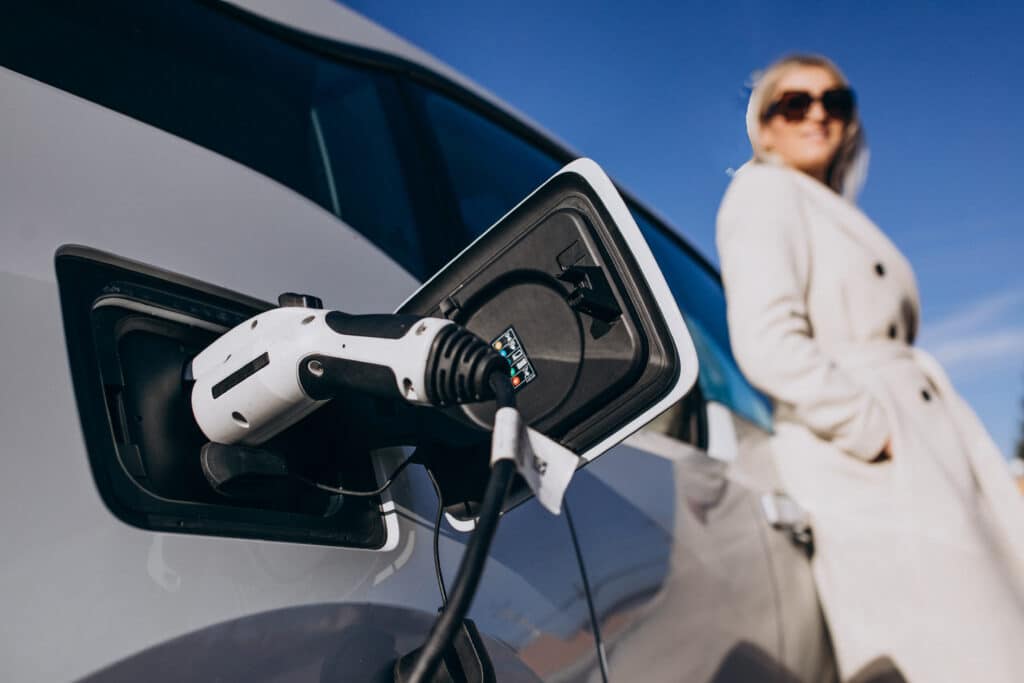
An idea over 100 years old
Contrary to what you might think, electromobility is not a recent idea. At the end of the 19th century, electric vehicles were already competing with steam and petrol cars. The first vehicle in history to break the symbolic 100 km/h barrier was designed in 1899 by Belgian engineer Camille Jenatzy. Known as the Jamais Contente, this car was powered by electricity.
At the time, electric vehicles were appreciated for their silence and ease of use. In the United States, they even accounted for a third of the car market between 1900 and 1910.
However, during the 20th century, the rise of internal combustion engines – which were cheaper to produce and had greater range thanks to cheap oil – pushed electromobility into the background. It was only at the turn of the 21st century, in the face of climate change and the need to reduce our dependence on fossil fuels, that electric mobility
is making a comeback.
The foundations of electromobility
Electromobility encompasses all transport solutions using electrical energy. This includes not only cars, but also bicycles, scooters, electric buses and even some regional trains.
More broadly, electromobility is based on a complete ecosystem: intelligent charging stations, low-carbon electricity networks, optimised energy management, integration of renewable energies, etc. The principle is simple: replace fossil fuels with electricity to power our journeys.
our journeys.
But behind this apparent simplicity lies a major technological transformation, far more profound than a simple change of fuel. It involves rethinking mobility as a whole, incorporating concepts of energy efficiency, reducing CO2 emissions and respect for the environment.
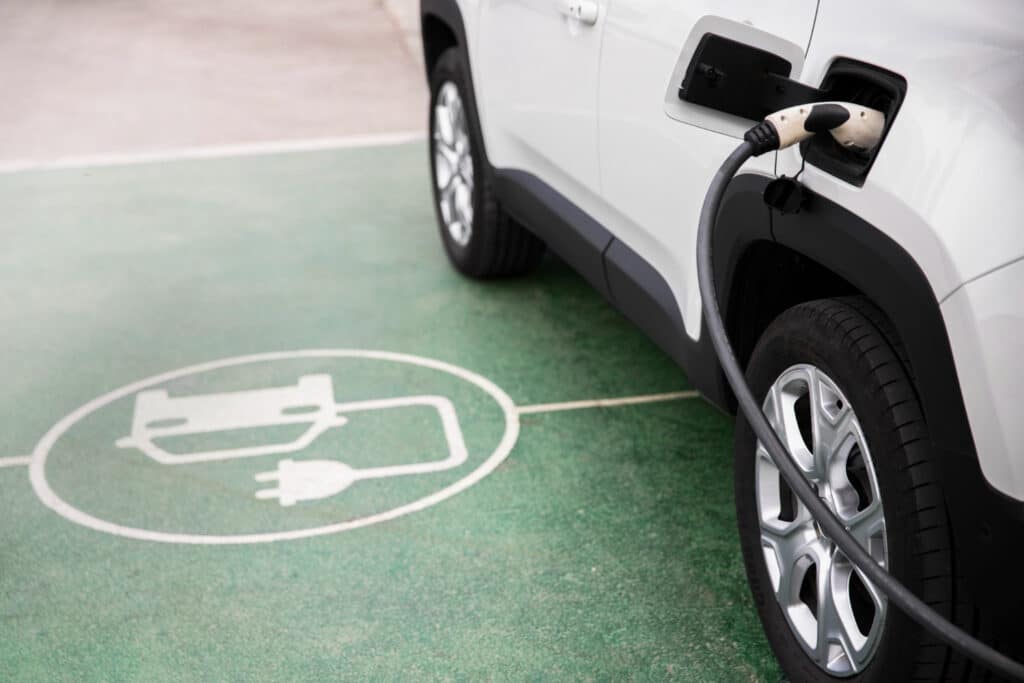
Why electromobility is the way forward
● Reducing greenhouse gas emissions
According to the French Environment and Energy Management Agency
(ADEME), an electric vehicle emits on average three times less CO2 than a combustion vehicle over its entire life cycle, provided that the electricity used comes from renewable sources.
● Reduced noise pollution
Electric vehicles are almost silent, offering greater driving comfort for users and a quieter environment for local residents. This silence is gradually transforming the soundscape of our cities.
● Energy independence
By diversifying our energy sources and encouraging the local production
(solar, wind, hydro), countries can reduce their dependence on oil imports.
reduce their dependence on imported oil.
● Efficient and responsible batteries
Technological advances in lithium-ion batteries have also played a key role in this renaissance. They enable vehicles to achieve much greater ranges, and contrary to popular belief these batteries are 95% recyclable.
● An expanding recharging network
In recent years, recharging electric vehicles has become more accessible.
become more accessible. Numerous innovative projects have been launched at all levels to democratise and improve charging infrastructure.
Towards an electromobile future
Today, electromobility is an essential pillar of the energy transition. It is more than just a technological development; it represents a genuine change in society.
Tomorrow’s mobility will be smoother, cleaner and smarter. By adopting electromobility on a massive scale, we are helping to build more breathable cities, preserve our natural resources and shape responsible mobility for future generations.

